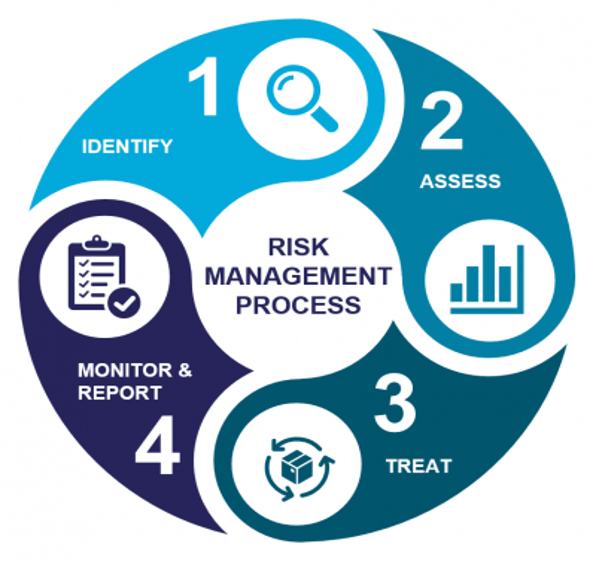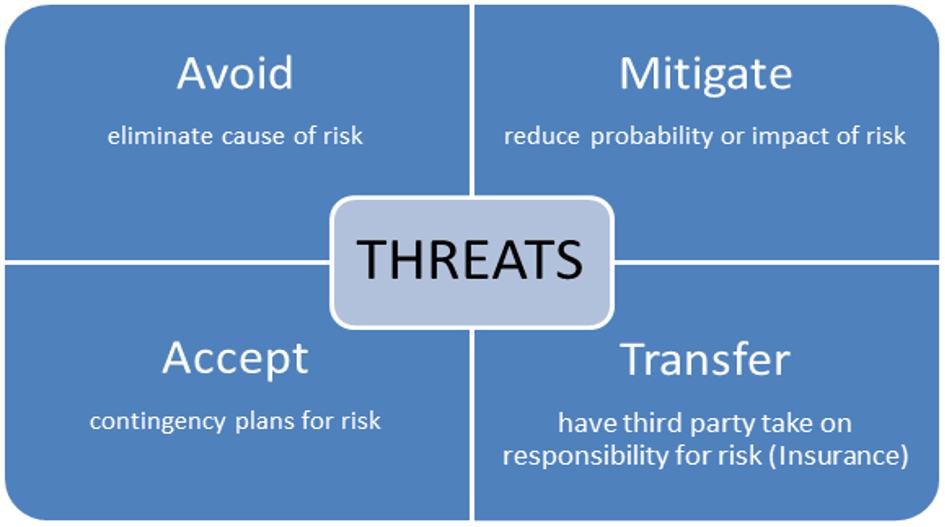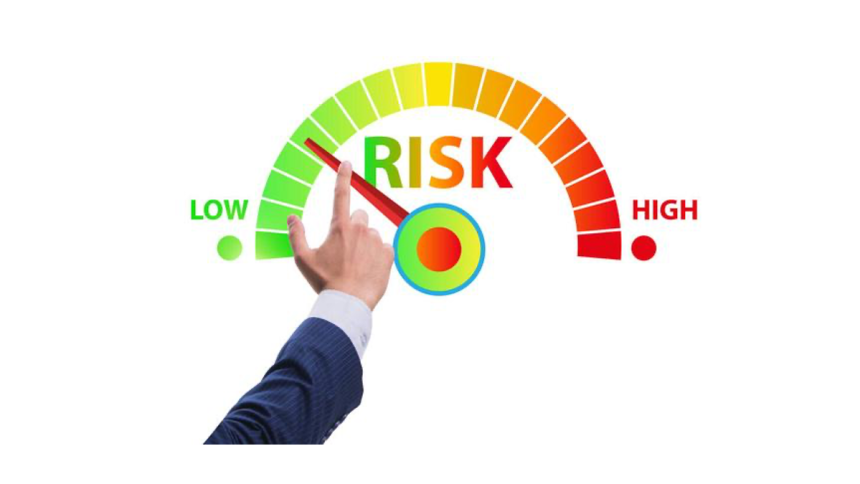Any potential event that could positively or negatively influence your project is termed a risk in project management. The procedure of identifying and responding to these potential events in advance or during their occurrence is risk management. Risk can take several different forms. It may include illness among the employees, bad weather conditions, unexpected expenses, and delays in transit. Every project carries a risk to some extent. Therefore, Managing risk properly is one of the most crucial proficiencies project managers should have.
How Do Risks Affect Project Success?
The word “risk” is frequently used in various phases and sectors of life. Any obstacle or unfavorable event that impacts the project’s goal is a risk. It impacts the overall progress of the project, eventually hindering its success. Thus, it would be best if you took precautions to reduce risk factors to reach your project goal smoothly. A project manager should consider every possible aspect, from delayed task completion to increased unforeseen expenses.
Risks influence overall project progress in several crucial ways. Some of these are:
- They enhance the possibility of something going bad and negatively impacting the project goal.
- There may be delays in project execution or, worse yet, complete rejection.
- It can increase costs, which damages the project’s bottom line.
Briefly, risks have the potential to impact project success adversely. Therefore, they must be properly handled as such. This is why the project manager should be able to manage project risks. It is one of the most crucial skills for a project manager.
Tips to Get Your Team Prepared For Risk Management
Risk management includes recognizing what risk categories are most probable to impact your project. Plus, it is important to make a plan to mitigate those risks. Considering the following four steps, you can predict risk and keep your project progress smooth.

Identifying Project Risks
The foremost step in managing and reducing project risks is to recognize them. Risk identification includes anticipating all potential events that could affect your project’s timeline, finance, or quality. Some typical sources of project risks involve:
- Project scope alterations
- Unpredictable technical issues
- Resource limitations
- Dependencies on external parties
- Stakeholder issues
- Regulatory changes
- Environmental conditions
To determine project risks, you can employ several techniques. It may include brainstorming, risk analysis, and checklists. Brainstorming includes collecting a group of project teams and shareholders to recognize potential risks. SWOT analysis includes reviewing the project’s strengths, weaknesses, prospects, and hazards to identify possible risks. Checklists are a presumed list of risks that can be used to diagnose project risks.
Analyze Potential Risk Impact
“Not every project risk can or should be assessed and managed. You have to weigh the prospective benefits and expenses of managing risks with those of not managing them. After analyzing and evaluating the potential risks, consider taking action. Decide which one to address in light of your risk tolerance and available resources.
You may choose to manage all potential risks or just a few of them. For instance, if you have a low-risk tolerance, you can decide to address severe ones—i.e., risks that carry a crucial danger to your project’s success. No matter which risks you pick to manage, ensure you possess a complete risk mitigation plan for addressing them.” – Te Wu, CEO of PMO Advisory
Developing a Risk Management Plan
Once you have evaluated project risks, the next phase is to develop a risk management approach or plan. The risk management plan highlights how you will manage and reduce project risks throughout the project procedure. The risk management plan should incorporate the following elements:
- Risk response strategy: It defines your plan to respond to each risk event. There are four risk response approaches: avoid, transfer, mitigate, and acknowledge. Avoiding a risk event incorporates removing it from the project. Transferring a risk occurrence means shifting the risk to an external party. Mitigating a risk event means decreasing the chances or effect of the risk event. Accepting a risk event means acknowledging the risk event and its outcomes.

- Risk owner: It inspects who is in charge of managing every risk event. The risk owner should possess the mandatory skills and abilities to manage the risk event effectively.
- Risk mitigation plan: It outlines the certain actions you will take to reduce each risk event. The risk mitigation plan should incorporate a timeline, expenses, and resources needed to implement the risk mitigation strategy.
- Risk monitoring and control plan: It describes how you will observe and manage each risk event. The risk monitoring and control plan should incorporate metrics to evaluate the effectiveness of the risk mitigation plan.
Communication Risk Issues
“A crucial facet of managing project risks is to communicate them clearly to the relevant members. It would help if you communicated the extent of the risk and data with stakeholders and team members in a timely and clear manner. It may include elements such as the risk register, the risk assessment, the risk responses, and the risk status. You should also utilize the right communication channels, such as meetings, emails, documents, or presentations, to share the risk details. You should also gather feedback and insights from the stakeholders on the risk management plan and the risk issues.” – John Smith, Founder at Sparkaven
Review and Update Risks
The final but major step is to review and update the risks and their details on a regular basis. You can also share information whenever you detect changes in project conditions, timelines, environments, or assumptions. Besides this, you should conduct risk reassessment and reevaluation to detect any new or emerging risks. Plus, keep an eye on any changes in the existing risks’ perspectives, significance, or priority. You should also keep the risk record updated. Moreover, it would be best to keep the risk responses and the risk management plan updated accordingly. Plus, keep a record of documents and lessons learned throughout the process to increase and improve your team’s project management skills.
Conclusion
Managing and mitigating project risks is crucial to ensure the success of a project. By recognizing the potential risks, inspecting their probabilities and impact, and crafting a risk management plan, you can minimize the risk. Moreover, by implementing risk mitigation approaches and monitoring and addressing risks throughout the project, you can reduce unforeseen events. This way, you can also boost the chances of project success. Remember to include all relevant stakeholders in the risk management lifecycle to ensure everyone is mindful of potential risks and can help to mitigate risk.
Lynn Martelli is an editor at Readability. She received her MFA in Creative Writing from Antioch University and has worked as an editor for over 10 years. Lynn has edited a wide variety of books, including fiction, non-fiction, memoirs, and more. In her free time, Lynn enjoys reading, writing, and spending time with her family and friends.















